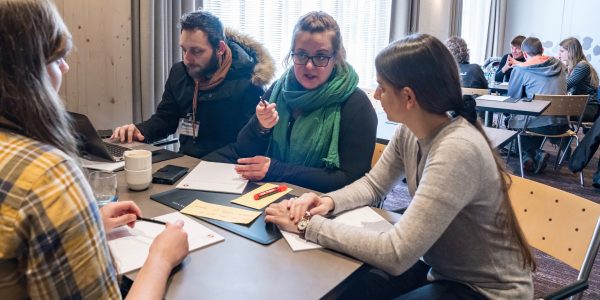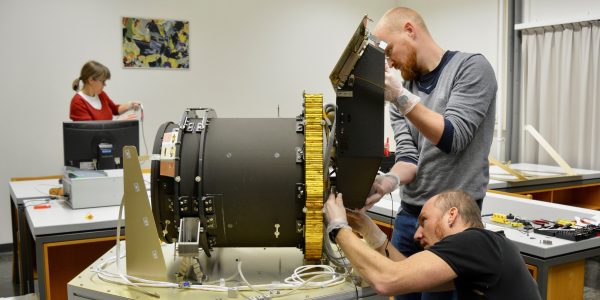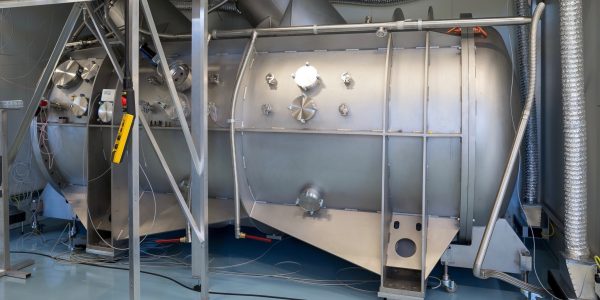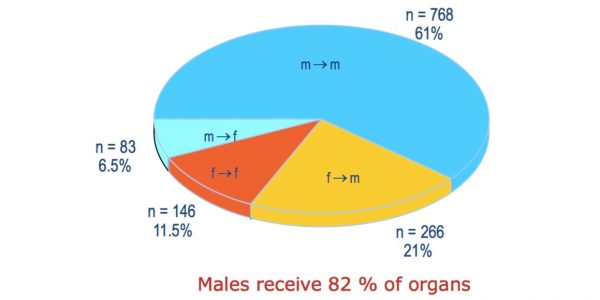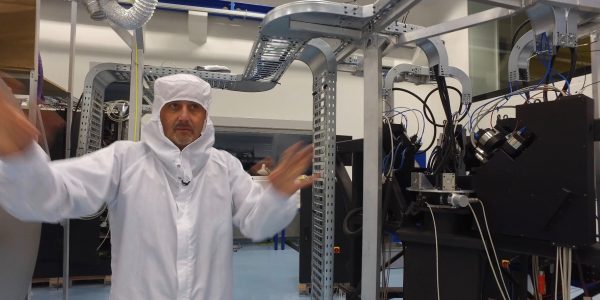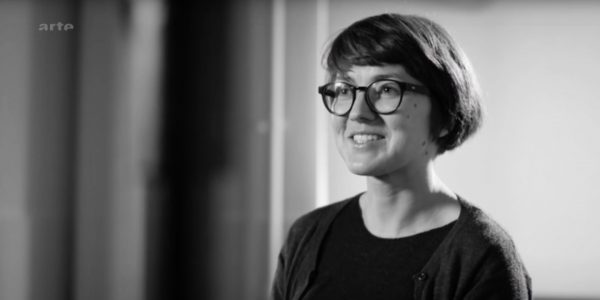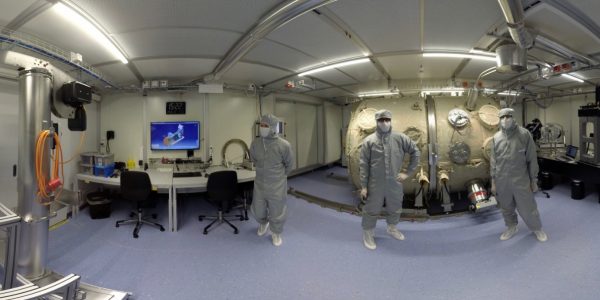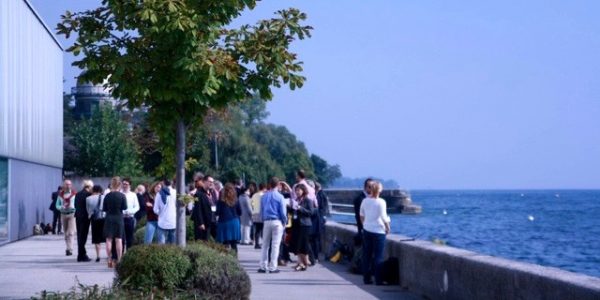Internal Newsletter
From sand castles to cool freaks
In the three communication workshops at the PlanetS general assembly researchers discussed in groups about possible media releases and presented very creative summaries. Most of the proposed stories will be realized and published in the next weeks or months either as press releases, PlanetS news or articles in our external newsletter “The Observer”. «Tiny star», […]
Continue ReadingReady for testing electromagnetic compatibility
At the University of Bern, the CHEOPS team integrated all electrical and electronic parts into a model of the space telescope to test whether the different units and wires operate correctly and don’t interfere with each other. The electromagnetic compatibility test will take place in the second half of February in a special chamber at […]
Continue ReadingESPRESSO’s schedule
ESPRESSO, the super spectrograph that should be able to measure masses of exoplanets as small as the Earth, is soon ready to be bundled for its final destination: the VLT in Chile. This successor to HARPS, which as its famous predecessor was built at the Geneva Observatory, will undergo its first tests early March in […]
Continue ReadingHeartbreaking disregard of female perspective
In the last edition of the InsiderS, I reported on gender bias in evaluating grant proposals, as heard during a gender conference (http://nccr-planets.ch/gender-bias-erc-grant-evaluation/). Read here about some surprising insights concerning the gender dimension in academic research. By Nadine Afram This is from an interesting presentation about ‘gender equality and the gender dimension in academic research’. […]
Continue ReadingPlanetS researchers on Euronews
The multilingual news channel Euronews visited the Observatory of Geneva and reports in the new edition of its programme called Space about “Hunting earth-like exoplanets”. Have a look: http://www.euronews.com/2017/01/26/hunting-earth-like-exoplanets http://www.euronews.com/programs/space
Continue ReadingThe search for truth
A TV documentary called „The Luther Code“ asks how modern mankind has emerged and what the future will bring. In its second episode, broadcast on 29 October 2016 on Arte, it featured astrophysicist Caroline Dorn at the University of Bern. You can now watch the documentary in German online on Arte Mediathek.
Continue ReadingGetting ready for a tricky task
After ExoMars TGO has reached its Mars Capture Orbit, the intention is to switch on CaSSIS in the week from November 21 to 28 and acquire images of Mars for the first time. A media release is planned on 1 December 2016 when ESA’s Ministerial Council is being held in Lucerne. By Nicolas Thomas There […]
Continue ReadingPlanetarium show about exoplanets
From the beginning of December the topic of exoplanets will inspire the audience of the planetarium of the Swiss Museum of Transport in Lucerne. The new show titled “Out There” was written by the curator Marc Horat and was developed in close collaboration with the NCCR PlanetS. Recently, Marc Horat visited the University of Bern […]
Continue ReadingGender bias in ERC grant evaluation
By Nadine Afram In the last edition of the InsiderS, I reported on two topics that are currently discussed in gender research. Here, I will focus on the gender bias in evaluating grant proposals. It is educative to see how selection criteria can be, albeit probably mainly unconsciously, cherry picked to be applied differently for […]
Continue ReadingPlanetS at ScienceComm 16
This year this important scientific communication event in Switzerland was held in Grandson, where 200 people gathered in an idyllic setting at the edge of Lake Neuchatel. ScienceComm 2016 was the fifth edition of a congress that takes more breadth year after year within the community of people in charge of communication in research institutes, […]
Continue Reading
